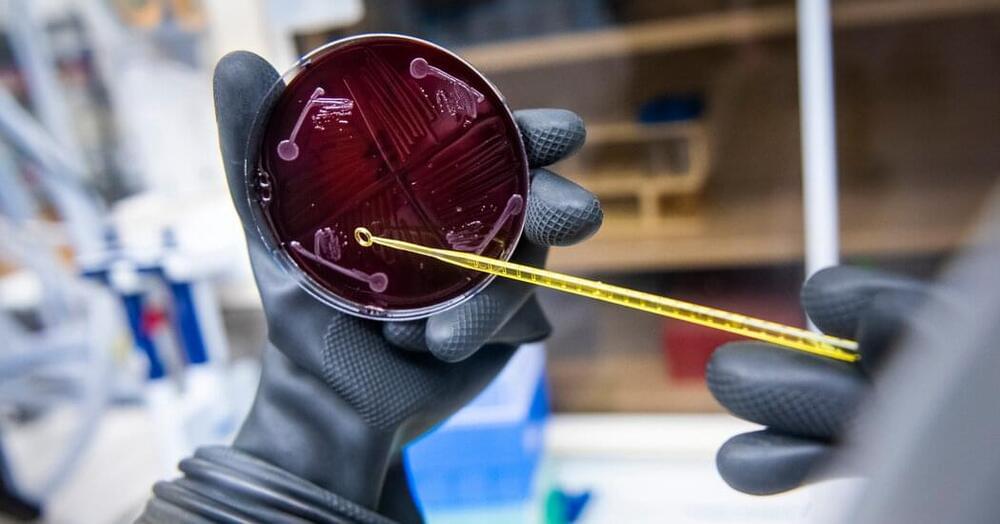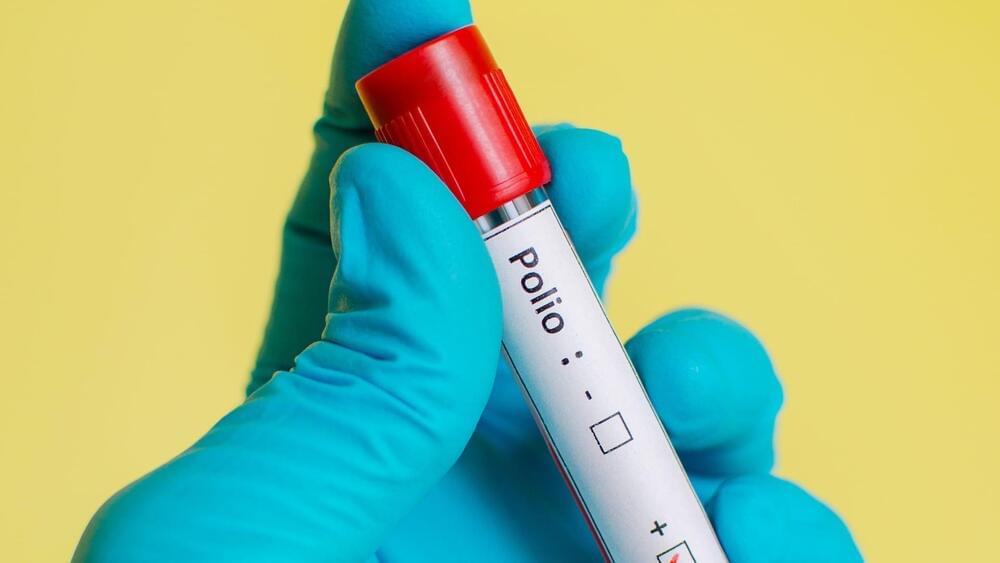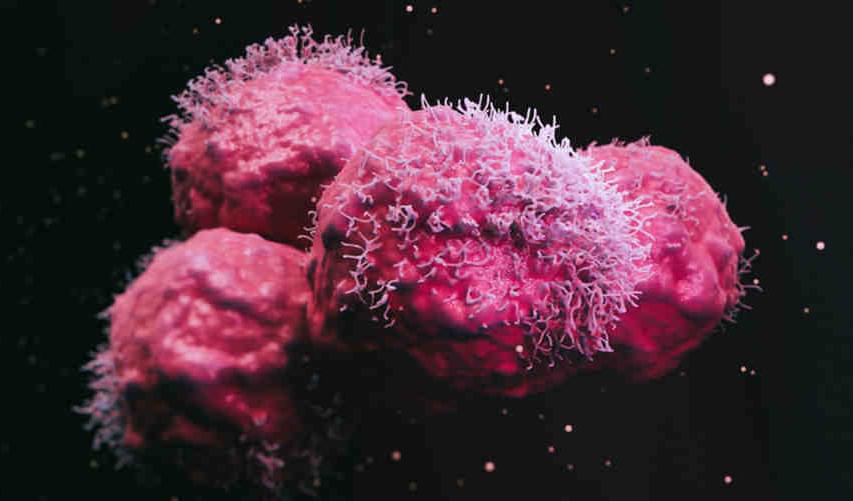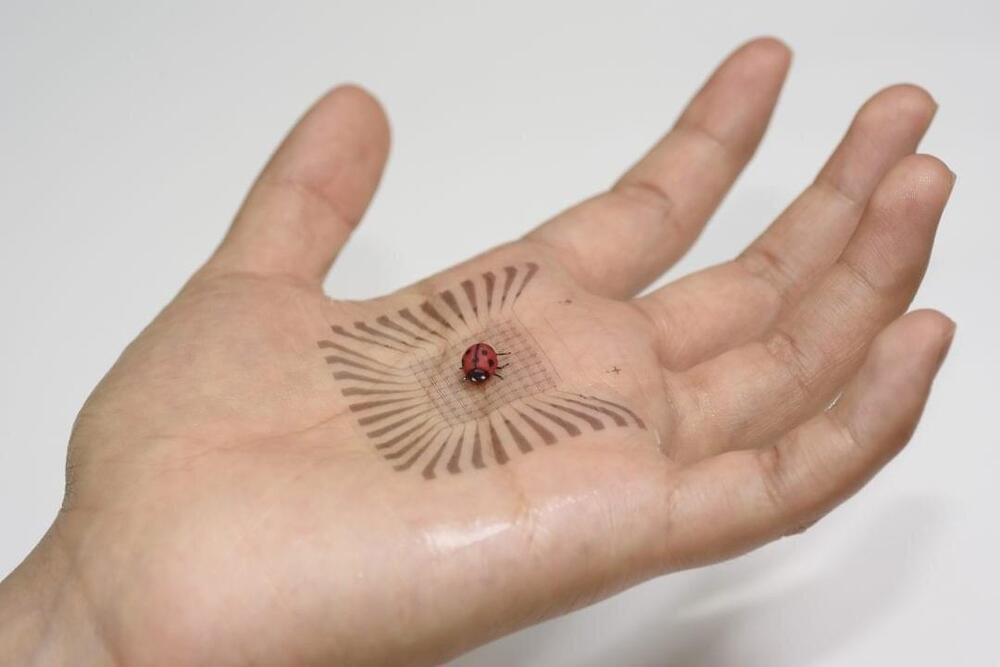“Neuromorphic computing could offer a compelling alternative to traditional AI accelerators by significantly improving power and data efficiency for more complex AI use cases, spanning data centers to extreme edge applications.”
Were you unable to attend Transform 2022? Check out all of the summit sessions in our on-demand library now! Watch here.
Can computer systems develop to the point where they can think creatively, identify people or items they have never seen before, and adjust accordingly — all while working more efficiently, with less power? Intel Labs is betting on it, with a new hardware and software approach using neuromorphic computing, which, according to a recent blog post, “uses new algorithmic approaches that emulate how the human brain interacts with the world to deliver capabilities closer to human cognition.”
While this may sound futuristic, Intel’s neuromorphic computing research is already fostering interesting use cases, including how to add new voice interaction commands to Mercedes-Benz vehicles; create a robotic hand that delivers medications to patients; or develop chips that recognize hazardous chemicals.







